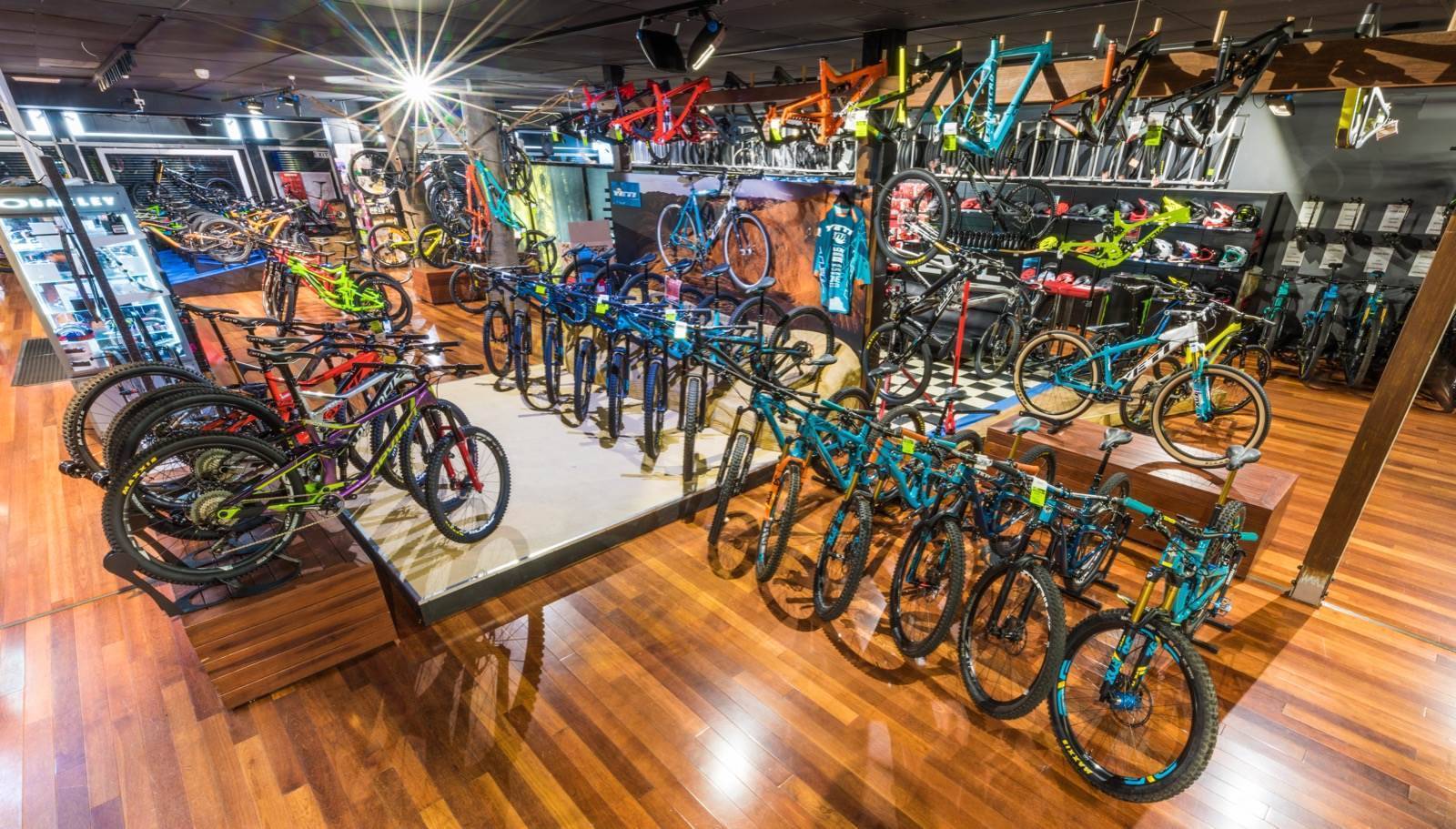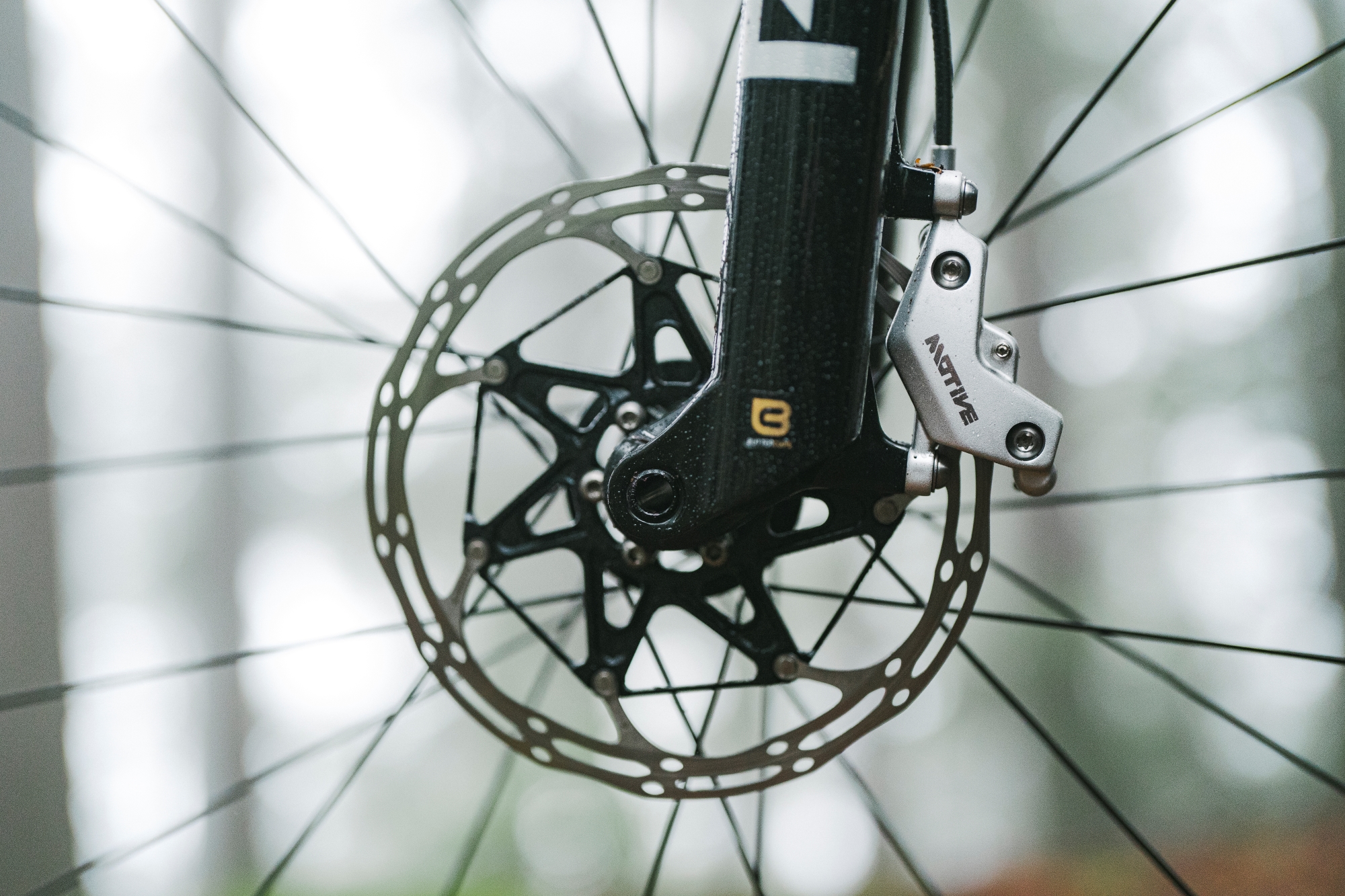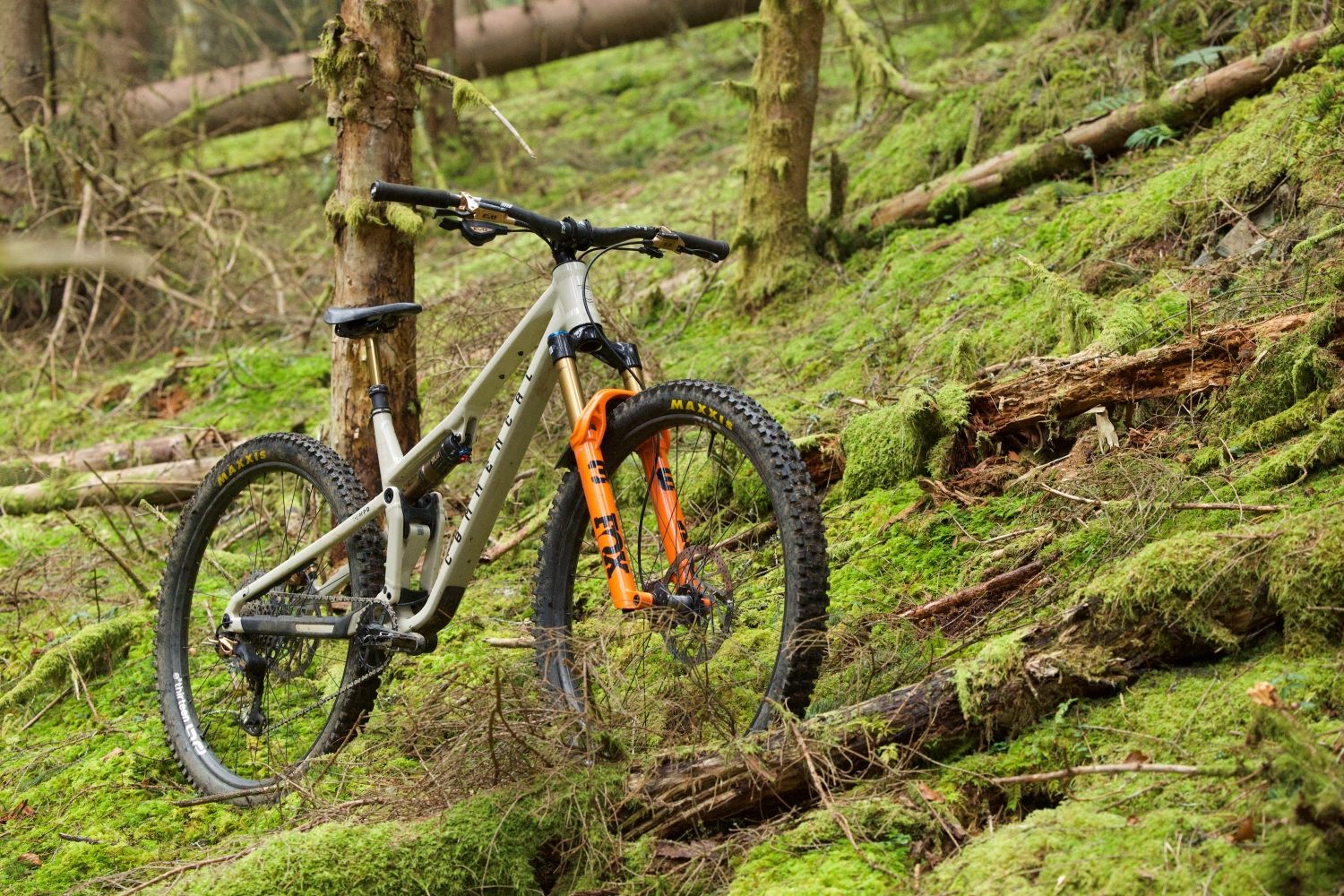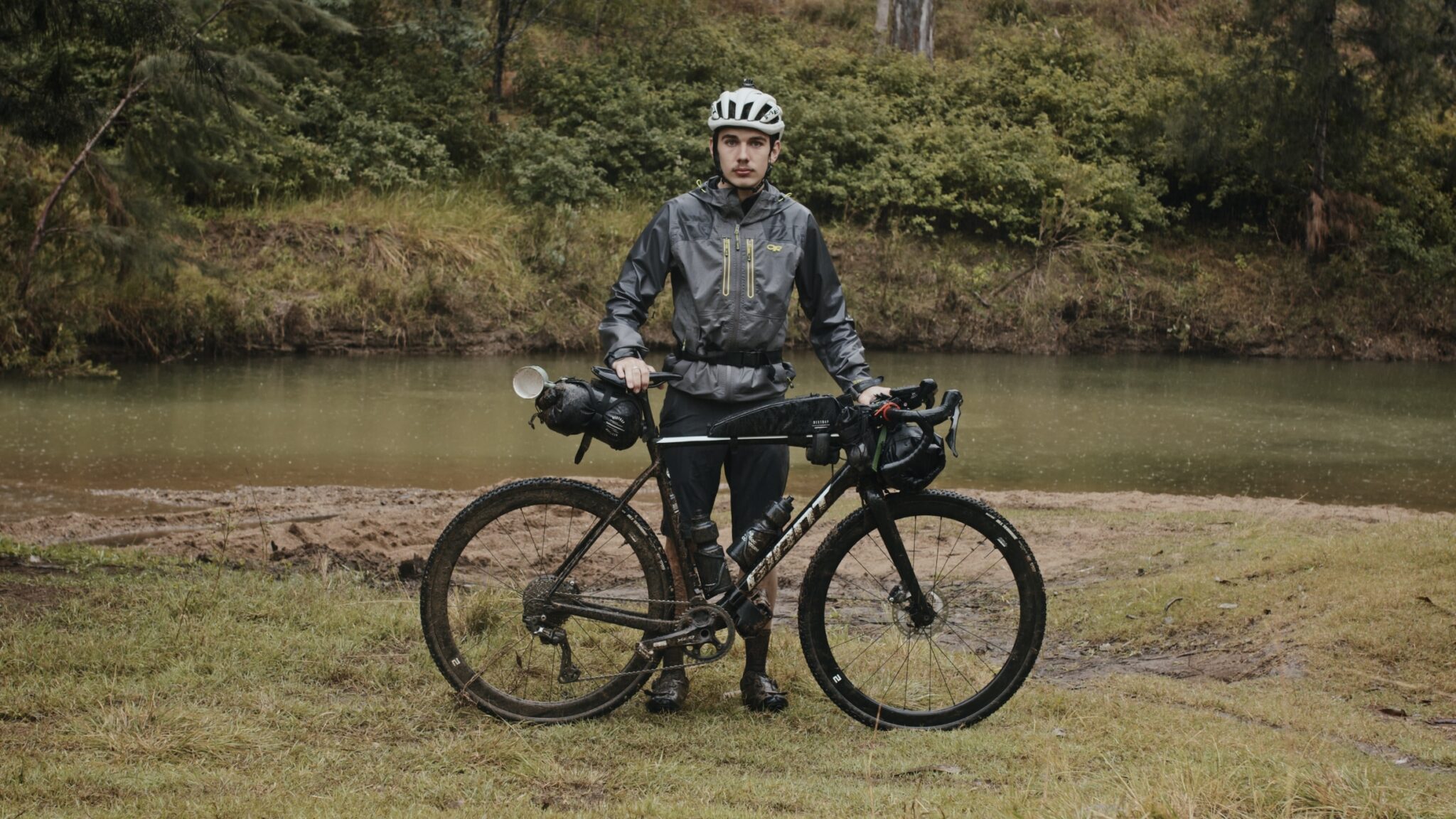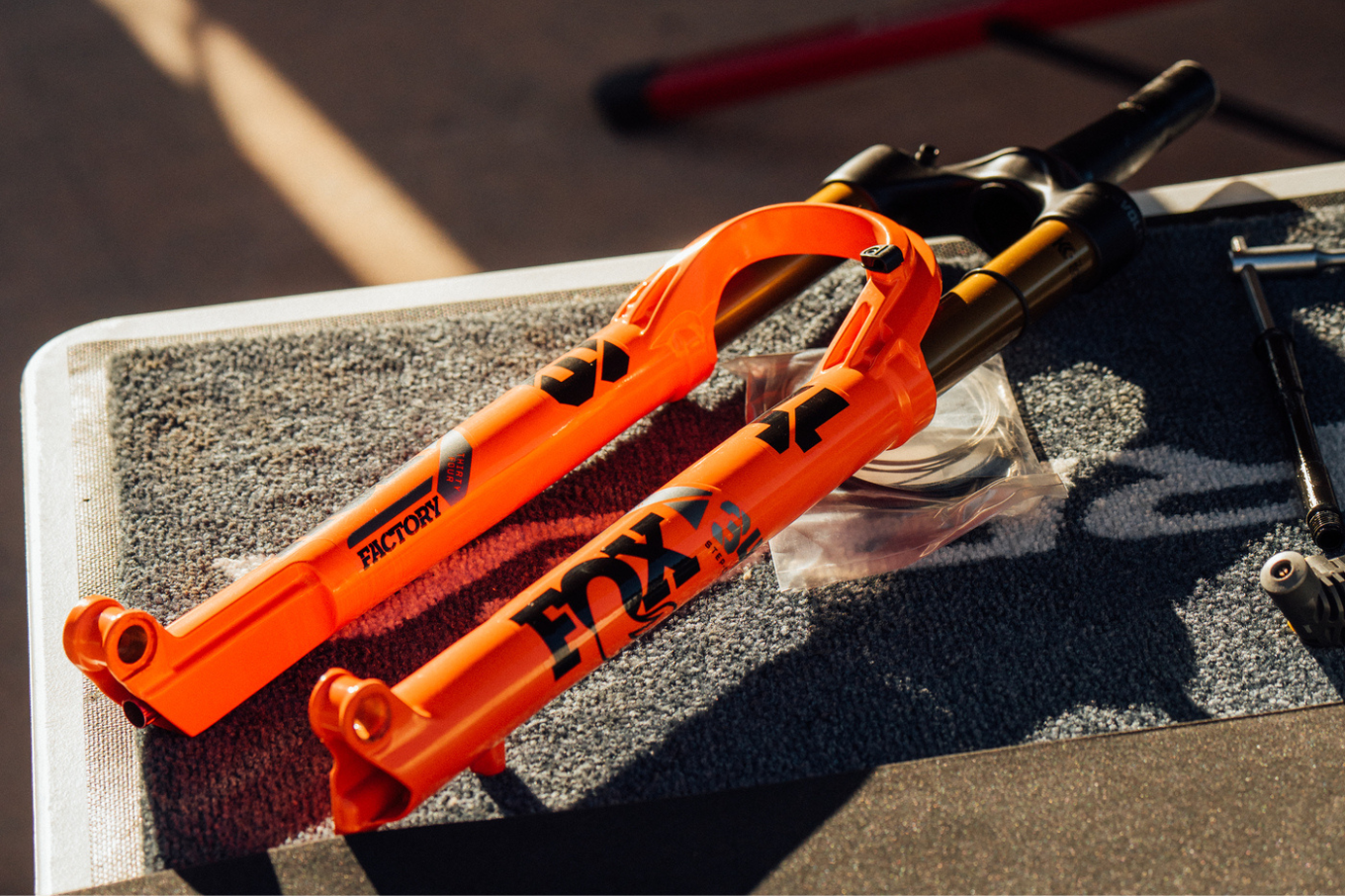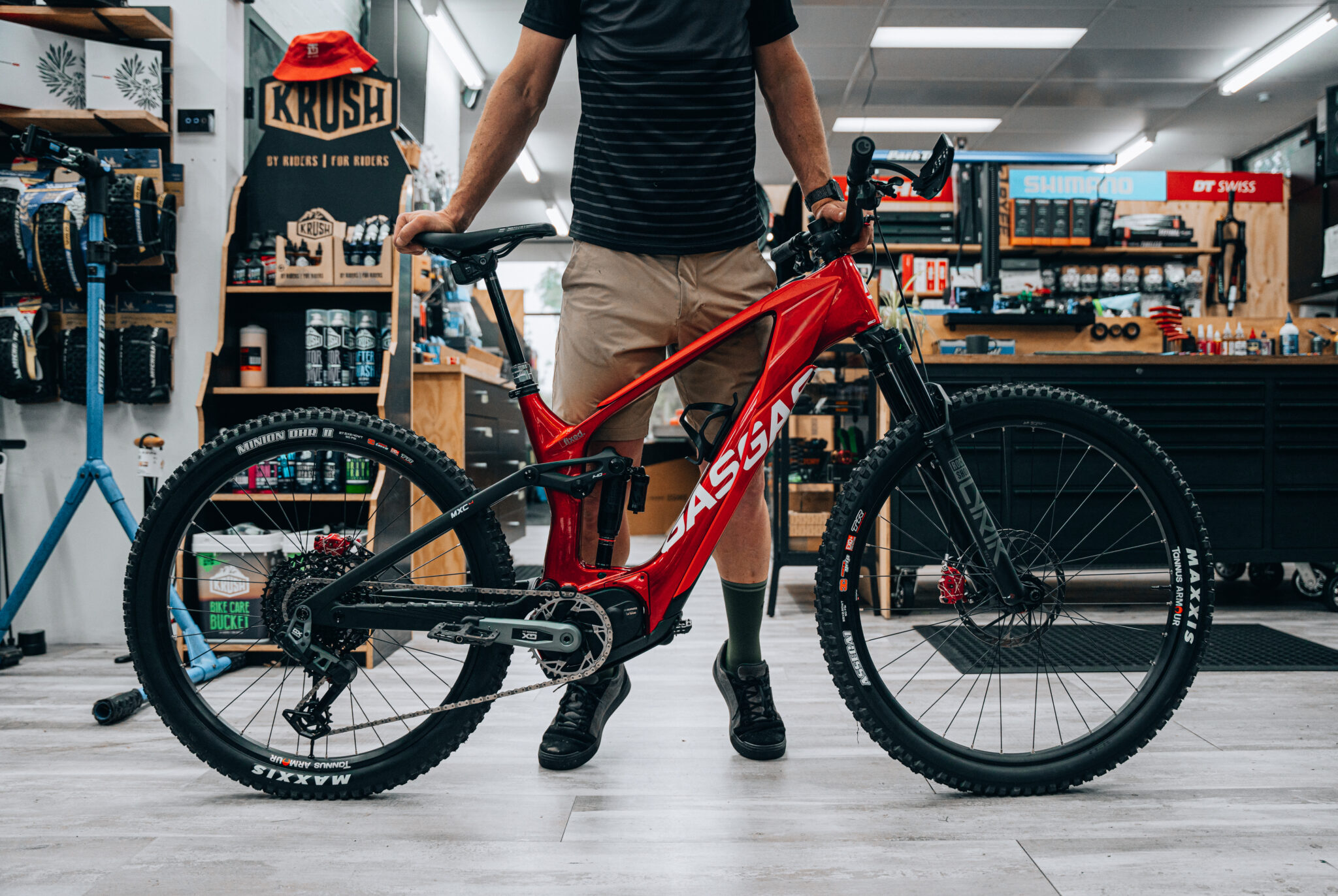How to buy a bike Part 1: Bike Shop
Buying a mountain bike can be confusing so we break down what to look for the next time your at a bike shop!
Words: Mike Blewitt
Getting a new bike can be a great experience. With more options than just visiting your local bike shop, we take a look at the pros and cons of buying from a shop, buying from a website – or even buying second hand.
How to Buy a Bike Part 2: Buying a bike online
How to Buy a Bike Part 3: Buying 2nd Hand
Part 1: Visiting a bike shop
The range of bike shops that you can visit is vast. From mum and dad shops in small towns, through to major concept stores for the big brands and boutique mountain bike specialists. So it is hard to know what to expect when buying a bike from a bike shop, as the variety in stock, staffing and service will differ vastly.
Some say, choose your bike shop and then choose your bike. The reasoning is that the store with the best service is likely to be the store who can provide the bike that suits you along with a long term relationship to keep your bike running well.
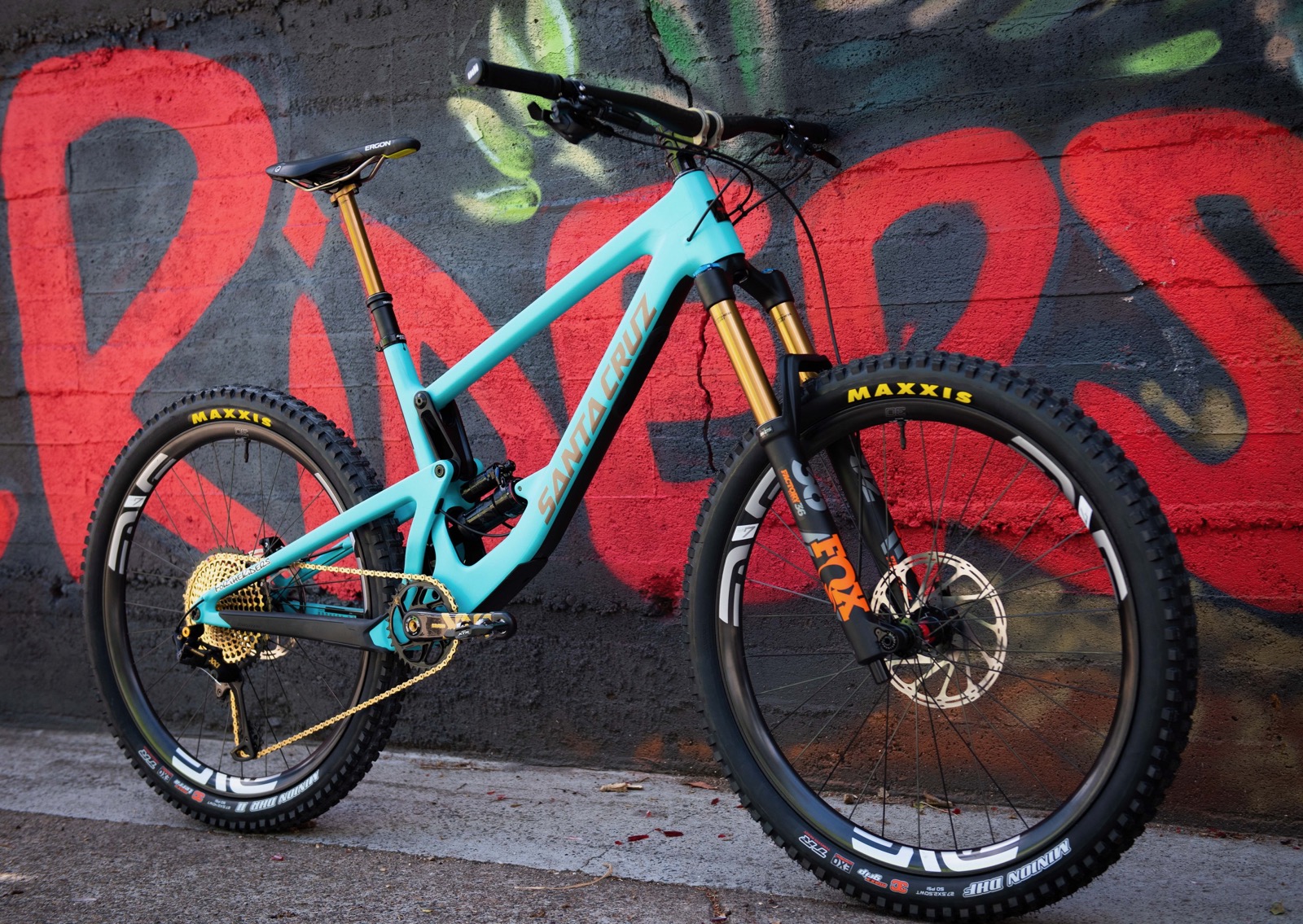
In the age of bargain basement deals on parts and accessories online, service is what makes a difference for any bike shop. Ask friends who you ride with who they recommend, and why. Find out what brands the store stocks, but be open minded if they're not the exact brands you were after.
Meet and greet
Staff in a shop are completely used to people coming in to browse and ask questions. Gathering the information you need is really useful. You can find so many details about different bikes and models online – but you'll find the staff in good bike shops have even more insight. These are the people building the bikes, making adjustments, and often demoing many models. Staff in a good shop will probably have a whole lot of specific knowledge about the bikes they sell, and the bikes they don't sell.
Be upfront with what you're looking for, and be realistic about the riding you're doing. At the same time, be open to their suggestions. Even if you want a 160-180mm big rig, if your riding is going to be easy trails and bike paths, chances are the staff will suggest something you'll enjoy using a lot more. And vice versa, if your budget is $1000 but your aspirations are hard double black-diamond trails and jump lines, good shop staff will know the limitations of the products they sell, and suggest something that will suit your needs better.
Limitations on stock
Not every shop can stock all the bikes that they can order in. Unless they have a huge floorspace and rent is low, it’s just not possible for most businesses to have so many bikes on the floor. Very few stores operate on consignment, so if it’s in the store, they have paid for it to be there. Most stores will have a selection of bikes on the floor that represent what they can order in or custom build. In this way, you can get a sense of fit or finish on a bike before placing an order. Shop staff will have complete sizing and component details to show you the differences from what they have, and what they can order or build.
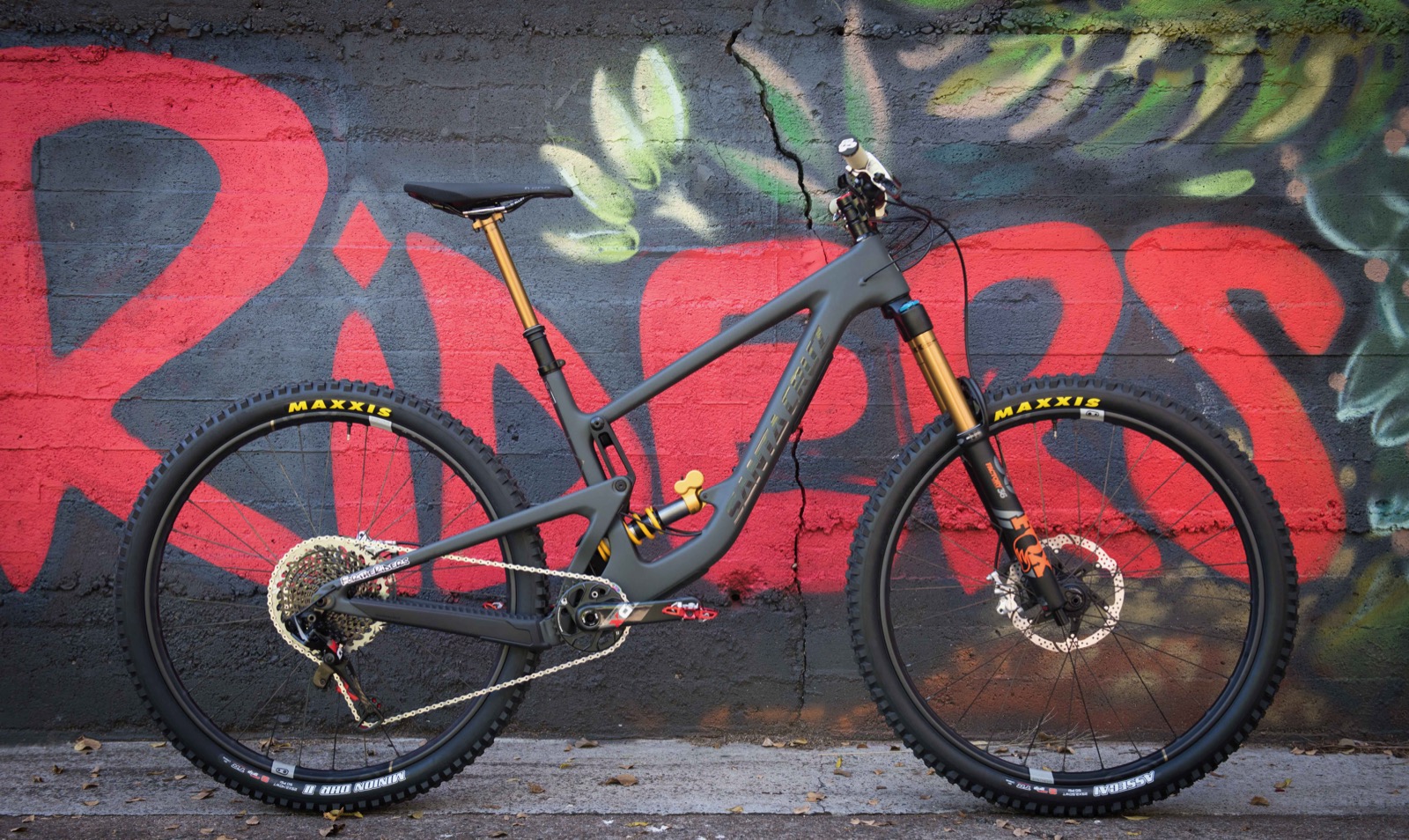
Demo bikes
About 10-15 years ago, being able to demo a bike before buying it was almost unheard of. Sure, maybe a shop owner had a bike you could ride, or maybe another staff member did. With major brands and stores now investing a lot of money into whole demo fleets for test ride events around the country, there is a very real chance you might be able to demo the bikes your are interested in.
“Test rides are really important for us” said Jamie Borg from For The Riders in Brisbane. “We have over 30 bikes that we use for test rides. It is something we really emphasise, as we don’t want people getting the wrong bike. We stock a lot of brands, so there is a lot of choice and test rides really help.” Jamie explains that while you need to pay for the weekend test rides, For The Riders will refund that price as part of a new bike purchase, within a certain time period.
Smaller shops may not be able to offer that same opportunity as costs to have their own demo bikes just might not be viable. But speak to the staff – maybe they have a suggestion.
Servicing
A free service, or check up, a few weeks after you buy your bike is reasonably common, but the servicing that shops offer, and their prices, vary considerably. It is worth finding out if there are long term service plans for bikes bought at the store you’re visiting. A bike that has been built well in the workshop is unlikely to need many adjustments after settling in.
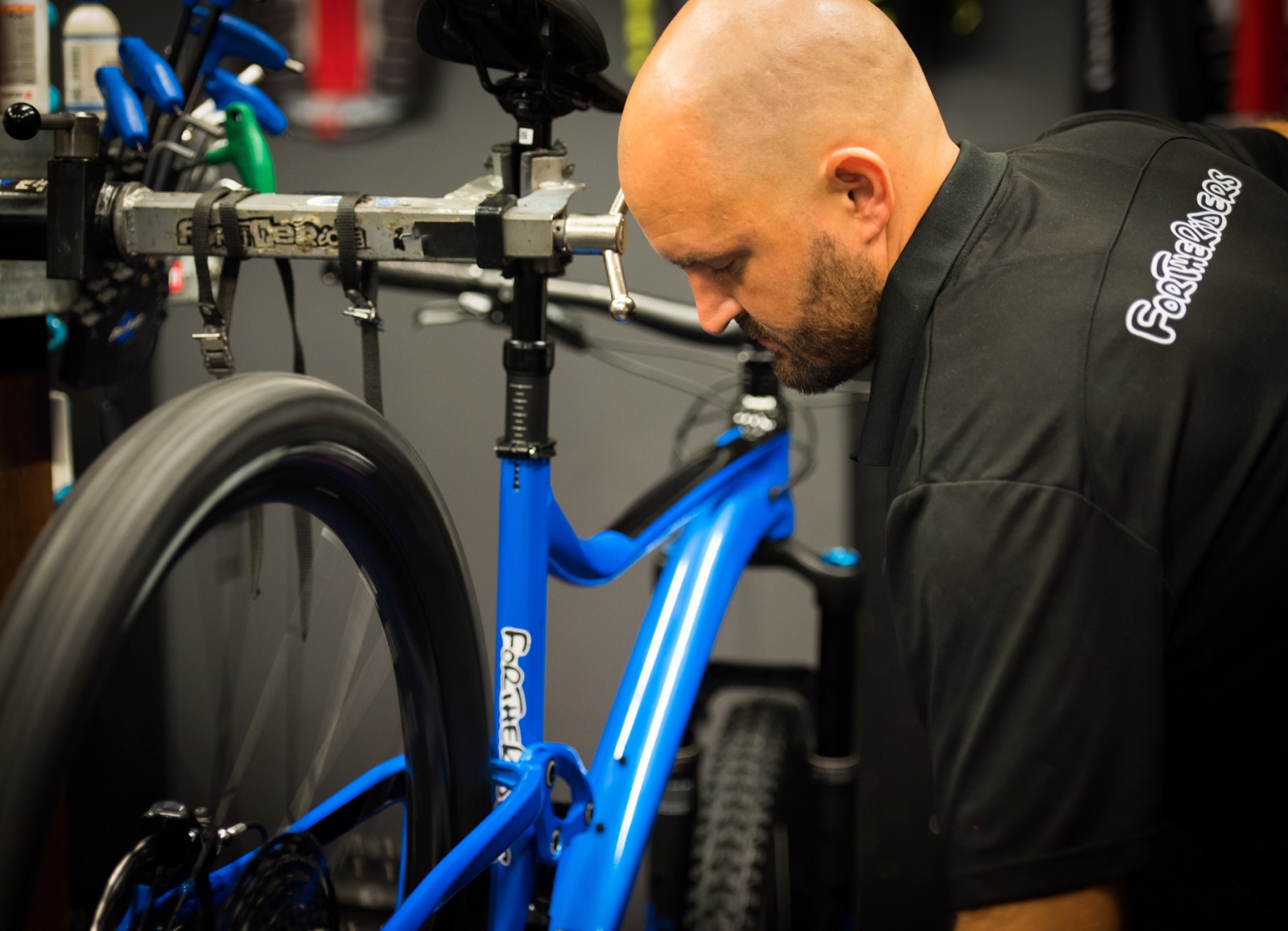
“We really give a shit when we build a bike,” says Jamie with little ambiguity. “We do the build prep so we aren’t going to see the bike in the workshop for a while.” Jamie explains that if something does go wrong in the first month, they’ll take care of it. “We recommend servicing your bike every 6 months, and have an option to pre-purchase services at a better rate.”
Customising your ride
Making a few component or graphic changes is one of the fun things to do with a bike, to either make it look how you want or perform how you need. Most shops will help you with this, and brands like Orbea let you even customise your paint and fine tune your component choice before the bike is delivered from the factory via their MyO program. Some shops will go even further with any bike they sell.
“At For The Riders we are set up to customise bikes,” says Jamie. “Whether it’s an off the shelf bike or something boutique, we can swap out bars and stems and other parts or even get the right graphics for your rims or suspension. This is something we specialise in.”
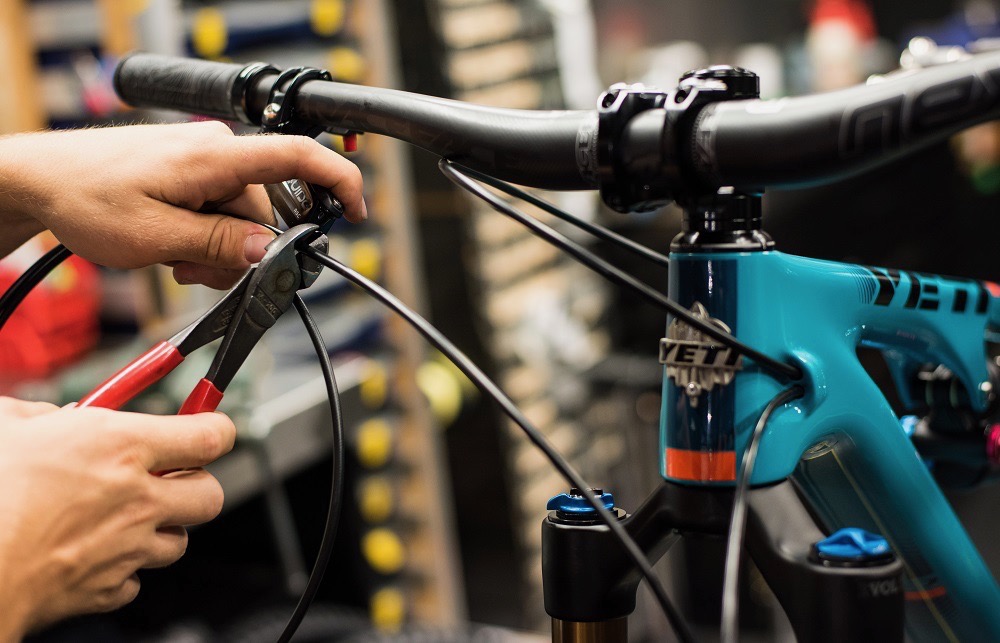
Getting fitted
When you visit a good bike shop, there is no guess work in being fitted for your bike. While some bikes might come in as little as two sizes, usually there is more choice. Then of course there is stem length, bar width, seat height, setback, crank length, grip diameter and of course suspension settings and tyre pressure. A store with some serious mountain bike pedigree really makes a difference for this.
“Getting fitted to your bike is a huge part of buying a bike with us,” says Jamie. Like many high-end mountain bike shops, getting you comfortable and ripping on the bike is just as important as finding the right bike for you. “Fitting is one thing,” adds Jamie, “but so is the suspension set up. We do a bike fit, suspension set up and tyre set up for our customers. You go home with a user manual with all your suspension settings and user notes, and tyre pressures too.” This is something that For the Riders do with any bike purchased, and to us it sounds like exactly how any mountain bike should be sold.
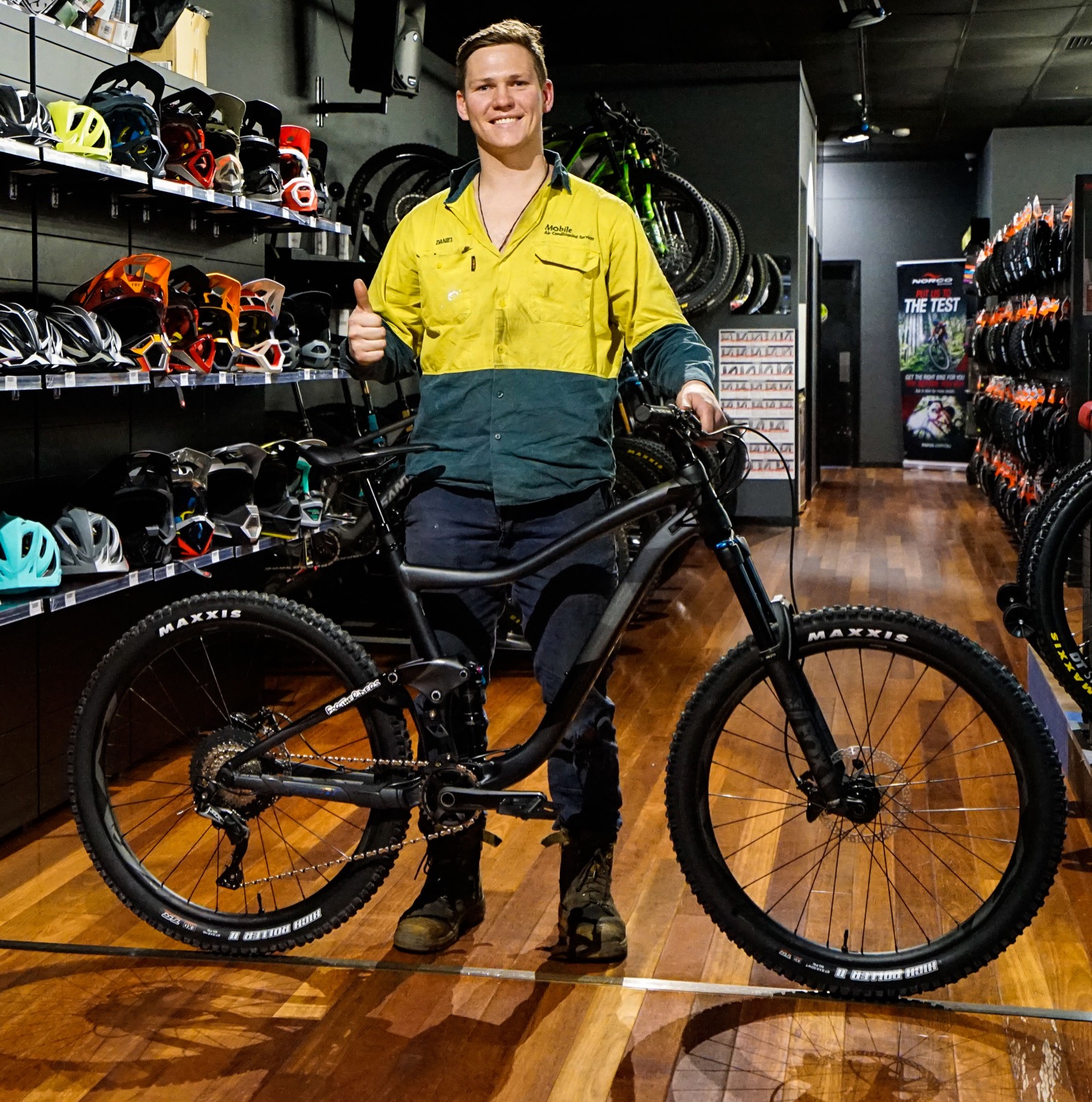
Shop rides
Not every shop will have group rides, but if they do it’s a great way to connect with other riders, learn new trails, and basically make sure you’re using your new bike! Ask the staff whether they have any organised shop rides. Some shops might have a weekly ride, others might be more sporadic social events. Either way, it’s fun to be involved and this community aspect is a great part of being a regular customer at a bike shop.
Stay tuned for Parts 2 and 3 as we look at buying a bike online and second hand!

